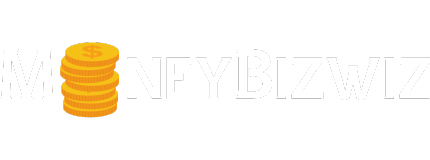Unveiling the Paradoxical Milton Friedman: The Last Conservative
If you were asked to identify a famous economist based on the following facts, whom would you name?
- Voted for Democrat Franklin Roosevelt for president in 1936.
- Supported significant portions of Roosevelt’s New Deal, which some critics deemed socialistic.
- Favored moderate Dwight Eisenhower over conservative icon Robert Taft for the 1952 Republican presidential nomination.
- Disdained anticommunist scourge Senator Joseph McCarthy.
- Attacked the fervently right-wing John Birch Society as “fundamentally wrong.”
- Considered the gold standard flawed.
- Said, in connection with public welfare, “[T]here are important functions that must be performed by the state,” too sensitive to be left “entirely to private charity or local responsibility.”
- Opposed “right to work” laws.
- Maintained that John Maynard Keynes was correct in arguing that the government must prop up demand during crises.
- Criticized supply-side economics and denied that tax cuts were consistently self- financing.
Milton Friedman (1912–2008) may not be the first name that pops to mind. Connecting him with these bullet points seems especially paradoxical in view of the subtitle of Milton Friedman: The Last Conservative by Jennifer Burns. Burns delves into the intricate journey of this Nobel laureate, shedding light on his evolution of views over time and the nuances that set him apart from traditional conservative beliefs.

Despite his political nuances, Friedman’s economic contributions remain undeniably influential. One of his most notable achievements, in collaboration with Anna Schwartz, was the revelation that controlling the quantity of money was crucial for maintaining stable economic growth. However, as Burns meticulously illustrates, Friedman’s theories were not without their critics and did not completely reshape economic policy.
Through Milton Friedman: The Last Conservative, investment professionals can delve into the historical evolution of economic theory, gaining insights into various schools of thought and the debates that have shaped our understanding of economic principles. Burns’s narrative offers a comprehensive exploration of contrasting economic theories, from Keynesianism to Friedman’s libertarian perspectives, providing a rich tapestry for readers to contemplate.

While Burns’s book may not offer definitive answers, it serves as a valuable resource for those seeking a deeper understanding of economic history and the diverse viewpoints that have shaped modern economic discourse. By exploring the clashes between different economic ideologies, readers can enhance their critical thinking skills and broaden their perspectives on economic forecasting and policy implications.
In conclusion, Milton Friedman: The Last Conservative is a thought-provoking read that invites readers to challenge their assumptions and engage with the complexities of economic theory. Whether you are a seasoned investor or a curious observer of economic debates, Burns’s insightful analysis is sure to leave a lasting impact on your intellectual journey.
If you found this discussion intriguing, be sure to subscribe to Enterprising Investor and explore the latest insights from the CFA Institute Research and Policy Center.
Professional Learning for CFA Institute Members
CFA Institute members have the opportunity to earn professional learning (PL) credits by engaging with content like this on Enterprising Investor. Enhance your skills and knowledge by tracking your credits using the convenient online PL tracker.

